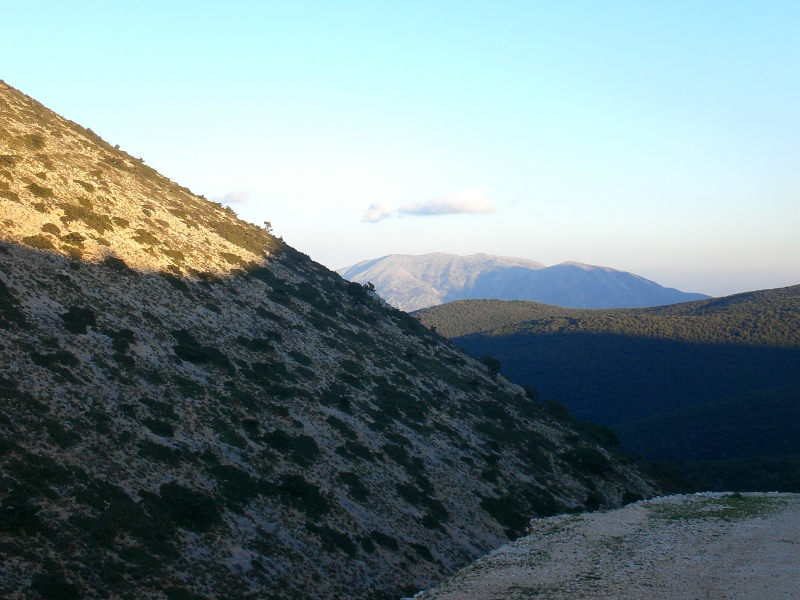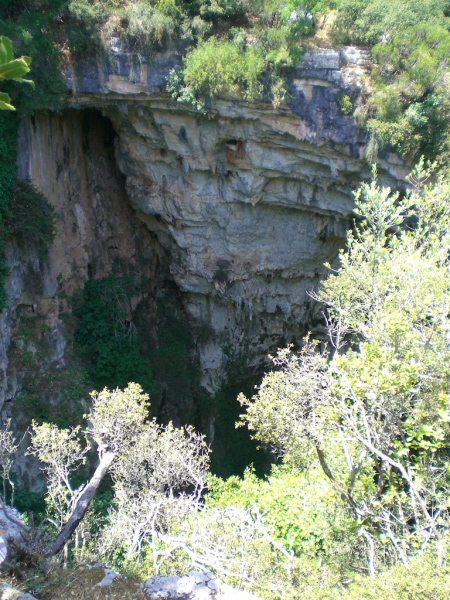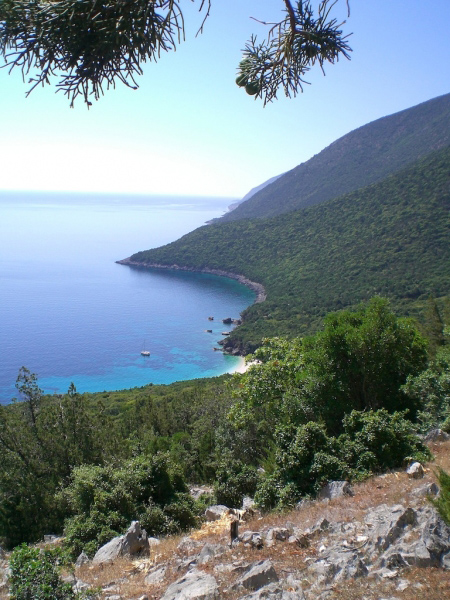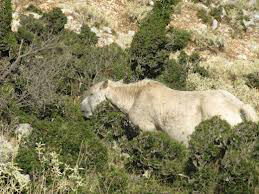Kefalonia - Hiking
Kefalonia is ideal for hiking through the nature, since it is a very green island. The mountain massifs, especially Enos, cover a big part of the island's surface, contributing to the diversity of the landscape, a trait of Kefalonia that excites the hikers. Hidden beaches and less 'famous' peaks, that offer astonishing views of the Ionian sea and the surrounding islands.
There is a big variety of possible routes, for experienced and less experienced hikers, but whichever you choose, it is certain that on your way you will enjoy not only the amazing natural scenery, but also one or more cultural attractions that are scattered throughout Kefalonia, this island with the history that goes back centuries. The paths and routes of Kefalonia are for those visitors, who want to really get to know the island, to penetrate into its depths, to walk through landscapes that 'are not for everyone', in order to have an alternative view of the place they are visiting.
The starting points of the paths and routes of Kefalonia vary, depending on where you want to go and the level of difficulty of the hike. The northeastern part of the island and the region of Erisos in the west are covered in lush vegetation, whereas the mountain of Agia Dynati in Pilaros is more bare. Poros is also drowning in vegetation, while the fir of Kefalonia that covers the mountain of Enos will make your hike through the National Park a unique experience.
-
Antisamos- Poros

The route from Antisamos to Poros with a view to Ithaca and mainland Greece has a length of 17 kilometers. It is considered difficult as most of the trail is very rough and only the end it becomes a rural road. High trees will provide you shade while you are walking, your eyes will be pleased by green and the Koutsoupia beach with clear blue waters - if you can resist! This is one of the most beautiful routes of Kefalonia in a part of the island which is quite unexplored. Read more
-
-
Monodendri- Chaliotata

This route starts from Monodendri in middle of Kefalonia and ends at Chaliotata of Sami, passing through the wind farm at west of Kefalonia on top of the mountain Evmorfia. At the beginning it is a barren landscape that results in beautiful green forests and view of the entire island! A canyon with high trees is located at the end of the journey, with a total length of 17km. Read more
-
-
Themata- Karavomilos

From the Monastery of Themata to the Mountain of Saint Dinati in Pylaros till coastal Karavomilo in Sami, the distance is about 12 km. It is a rural road with asphalt in some places that makes the path easy. After admiring the spectacular views from the monastery you will pass through the old Vlachata. The village was deserted after the devastating earthquake of 1953 but many of the ruins are of particular interest. Then after Poulata you will end up in Karavomilo after you pass through the cave area such as Aggalaki. Read more
-
-
Koulourata- Sami

From the village Koulourata to the town of Sami the route has a length of 11 km and most part of it is a rural road. You will admire the mountain of Kefalonia, you will pass the old Mouzakata burned by German troops and the old Grizata and Zervata that were demolished by the earthquake of 1953. You can admire the view from the ruined monastery of Saints Fanentes at the end of the route with the great interest and archaeological findings of the Mycenaean era: the bay of Sami, Saint Euphemia and Ithaca. Read more
-
-
Agios Eleftherios – Agrapidies

This route starts from Agios Eleftherios on the slope of Enos and has a total length of about 10 km and ends at Agrapidies, on the other part on the road to Sami. Its biggest part is a rural road while a small part is path. It runs through the national park of Enos in the forest with the unique black firs in Greece! A path that will make you forget that you are on an island: Kefalonia combines mountain and sea! Read more
-
-
Drapanitika- Assos

The route from the small village in northwestern of Cephalonia, Drapanitika to Assos is about 9 km. Pines and cypresses, green and blue and the vast view of the Ionian sea to Italy characterize this easy route to the Castle of Assos. Read more
-













